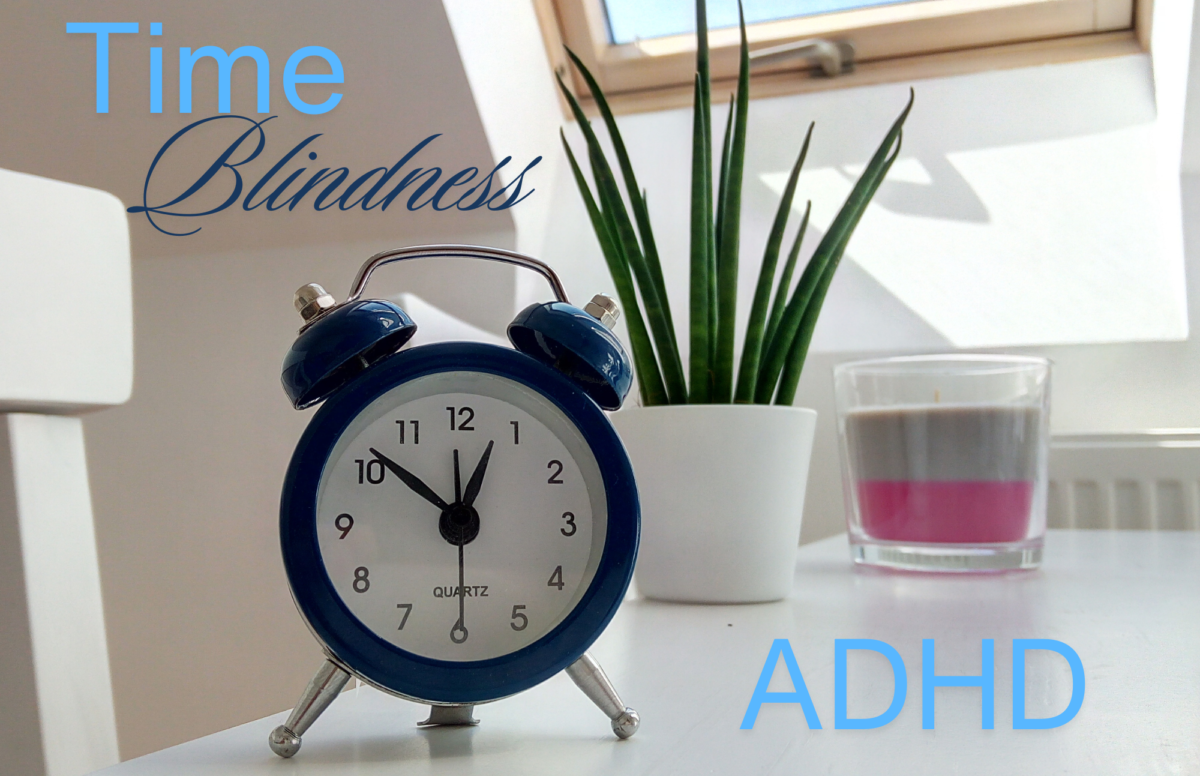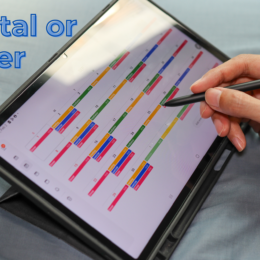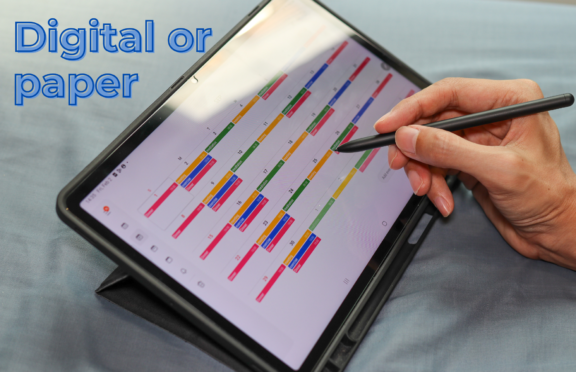Time Blindness and ADHD: Mastering Your Time

Trying to do a lot in a short period of time? Finding out that what felt like 10 minutes was actually an hour? Constantly running late? Underestimating how long a task will take? These are examples of time blindness, a common characteristic of people with ADHD.
Living with ADHD often means experiencing time differently than others do. If you’ve ever found yourself running late despite your best intentions or been shocked to discover that time just slipped through your fingers, you’re likely experiencing time blindness—a common but rarely discussed ADHD trait that profoundly affects daily life.
For me, the most frequent challenge with this ADHD trait is planning my day or year. I tend to grossly underestimate the time required to accomplish my goals. This leads to feeling like a failure, blaming myself for not being productive enough, when in reality, my plans were simply unrealistic. My only mistake was not allowing more time.
What Is Time Blindness?
Time blindness, or chronological dysfunction, is more than just poor time management. It’s a neurological difference in how ADHD brains perceive and process time. Unlike neurotypical individuals (aka “normal” people), who have an intuitive sense of time passing, many people with ADHD experience time in two modes: “now” and “not now.”
This unique perception of time can manifest in several ways:
- Consistently underestimating how long tasks will take
- Difficulty planning ahead for future events
- Losing track of time during engaging activities
- Struggling to understand how much time has passed
- Finding it challenging to sequence events or create schedules
The Science Behind Time Blindness
Research suggests that time blindness in ADHD is related to executive function differences in the prefrontal cortex—the brain’s command center for planning, organization, and time perception. This area processes dopamine differently in ADHD brains, affecting our internal clock and time awareness.
Impact on Daily Life
Work, Professional, or Student Life
That report due next week might feel distant—until suddenly, it’s tomorrow’s deadline. Projects that seemed to have plenty of time can turn into last-minute rushes, leading to unnecessary stress and potentially compromised quality.
Personal Relationships
Chronic lateness or missing appointments can strain relationships with friends and family, who might misinterpret these behaviors as a lack of care or respect rather than understanding them as symptoms of ADHD.
Self-Care and Daily Routines
Basic tasks like eating regular meals, taking medication on schedule, or maintaining a consistent sleep pattern can become challenging when your brain struggles to track time naturally.
Managing Time Blindness: Practical Strategies
While time blindness is a neurological trait, we can develop coping mechanisms. Various strategies and hacks can help you manage its impact:
1- Make It Noisy: External Time Anchors
Create visible reminders of time passing. This might include:
- Using analog clocks in every room
- Setting multiple alarms throughout the day
- Using timer apps that show time visually
- Wearing a watch with a vibrating alarm
2- Make It a Game: Time Tracking
Understanding your personal time patterns is crucial. Try:
- Keeping a time log for common tasks
- Using a journal to track how long activities actually take
- Recording start and end times for activities
- Noting patterns in your time perception
3- Make It Real: Buffer Time Strategy
Always add extra time to your estimates:
- Double your initial time estimate for tasks. This is something we include in our ADHD planner to help you manage time more effectively.
- Schedule buffer time between appointments.
- Plan to arrive 15–30 minutes early.
- Include transition time in your schedule. Avoid overbooking yourself—this will only cause overwhelm.
4- Make It Yours: Environmental Modifications
Set up your environment to support time awareness:
- Place clocks within your line of sight.
- Use visual timers during tasks.
- Create designated spaces for time-sensitive items.
- Maintain a visible calendar system. For many of us, this is why either a hybrid digital-paper calendar or just a paper planner works better than a fully digital system.

The Role of a Paper Planner in Managing Time Blindness
A dedicated ADHD planner can be transformative in managing time blindness. Use your planner to:
1- Track Time Reality
- Record estimated vs. actual time for tasks.
- Note patterns in your time perception.
- Document successful strategies.
2- Plan with Buffer Time
- Schedule tasks with built-in extra time.
- Create realistic daily schedules.
- Plan for transitions between activities.
3- Reflect and Adjust
- Review what worked and what didn’t.
- Adjust estimates based on actual experience.
- Celebrate improvements and progress.
4- Have a Brain Dump
- Writing down your ideas or tasks for later helps you relax and be more productive.
- Writing down your thoughts or worries helps you plan according to the previous tips.
5- See Your Accomplishments
- A little dopamine boost after accomplishing a task is a great motivator!
Moving Forward
Managing time blindness is not about forcing your brain to perceive time like others do. Instead, it’s about creating systems and supports that work with your unique way of experiencing time. Be patient with yourself as you develop these strategies, and celebrate the small victories along the way.
Your planner can be your most powerful tool on this journey, helping you understand your personal patterns and develop strategies that fit your needs. Start small, be consistent, and watch your relationship with time gradually transform.
Remember:
Time blindness is not a personal failure—it’s a neurological difference that can be managed with the right tools and understanding. Your journey to better time management starts with accepting your brain’s unique way of processing time and building supportive systems around it.
Always be kind to yourself and talk to yourself in a way that supports your well-being.




